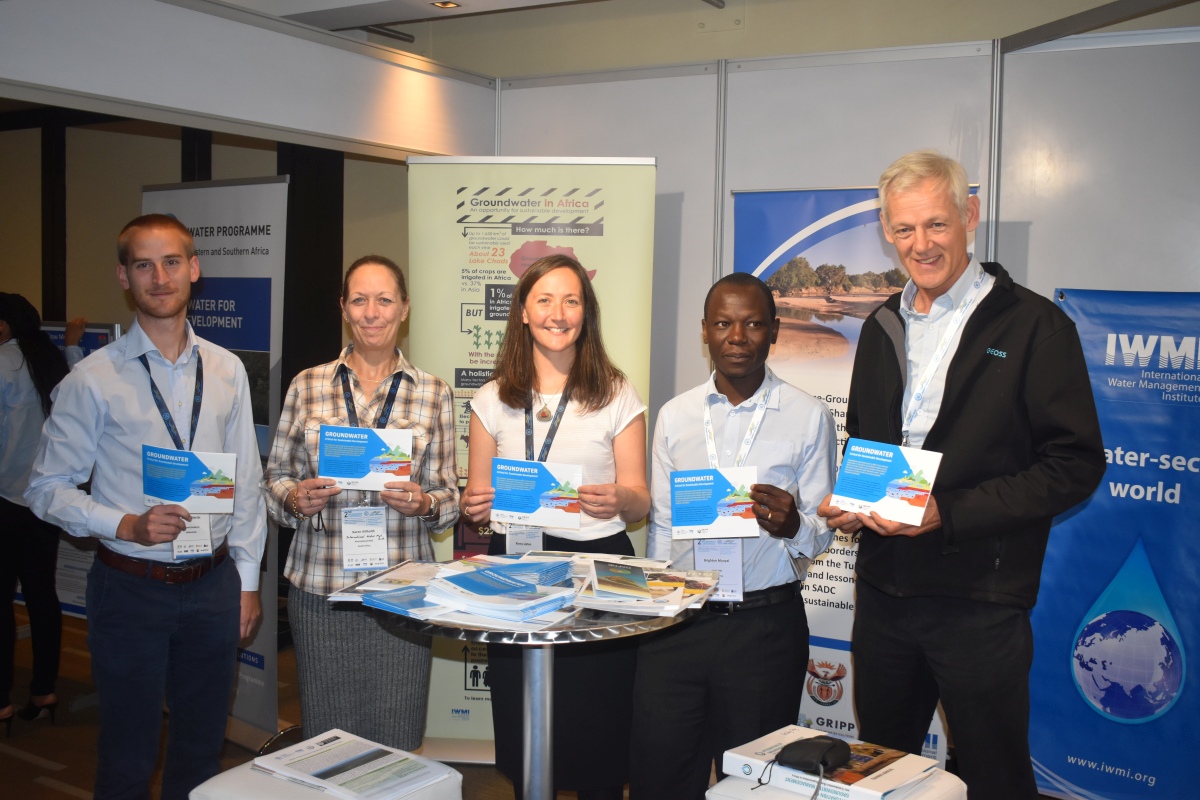
GRIPP and partner representatives at the launch of the Groundwater and SDG infographic during the 2nd SADC Groundwater Conference. From the left: Arnaud Sterckx, IGRAC; Karen Villholth, IWMI, Kirsty Upton, BGS, Brighton Munyai, SADC-GMI; Julian Conrad, Geohydrological and Spatial Solutions International (GEOSS) and IAH.
An infographic entitled ‘GROUNDWATER – Critical for Sustainable Development’ illustrating a timeline of groundwater use throughout history and projected outcomes of continued groundwater abstraction was launched today at the 2nd Southern African Development Community – Groundwater Management Institute (SADC-GMI) conference in Johannesburg, South Africa.
The graphic, which was put together with the support of select partners from the Groundwater Solutions Initiative for Policy and Practice (GRIPP), shows the trajectory of groundwater extraction and use, which really took off globally in the 1950’s. Currently representing one third of all freshwater use and half of the water used for irrigation globally, use of groundwater has brought about many benefits to humankind, as the timeline clearly demonstrates.
Without proper management, however, the extensive use of groundwater can have serious consequences, some of which are already apparent in parts of the world. Unregulated extraction in parts of western India, for example, has led to dramatic drops in groundwater levels, leading to detrimental water shortages, exacerbated by droughts.
Even the recent news story about Indonesia relocating its capital city, Jakarta, is related to groundwater use. Overexploitation of groundwater under the tall buildings and heavy infrastructure of the city has caused subsidence, a downward settling of the ground surface. This is causing ‘sinking’ and increased flooding, compounded by the rise in sea level and extreme weather events.
The graphic then goes on to show some of the potential future impacts, highlighting residual potential groundwater development in regions of the world, like in parts of Africa, which can cushion against climate change and population growth, but also what could occur if we do not act now to manage this critical freshwater resource, especially in already heavily dependent regions.
“The infographic comes at a particularly pertinent moment,” said Karen Villholth, Research Group Leader for Resilient and Sustainable Groundwater at the International Water Management Institute and Coordinator of the GRIPP initiative. “We are seeing the results of unregulated groundwater use in many places around the world, and the potential negative impacts of this kind of poor governance can only be avoided if people realize the importance of groundwater. Only through collective and informed management can we ensure sustainable and equitable future development. Achieving the Sustainable Development Goals will critically depend on this.”
The graphic, which is a great awareness raising tool for schools and other institutions and stakeholders globally, was supported by the CGIAR Research Program on Water, Land and Ecosystems (WLE), the International Water Management Institute (IWMI), International Association of Hydrogeologists (IAH), the International Groundwater Resources Assessment Center (IGRAC), the British Geological Survey (BGS), and Skat Consulting Ltd.
See also an online version of the Groundwater Timeline here.
To sign up for GRIPP news and updates, click here.
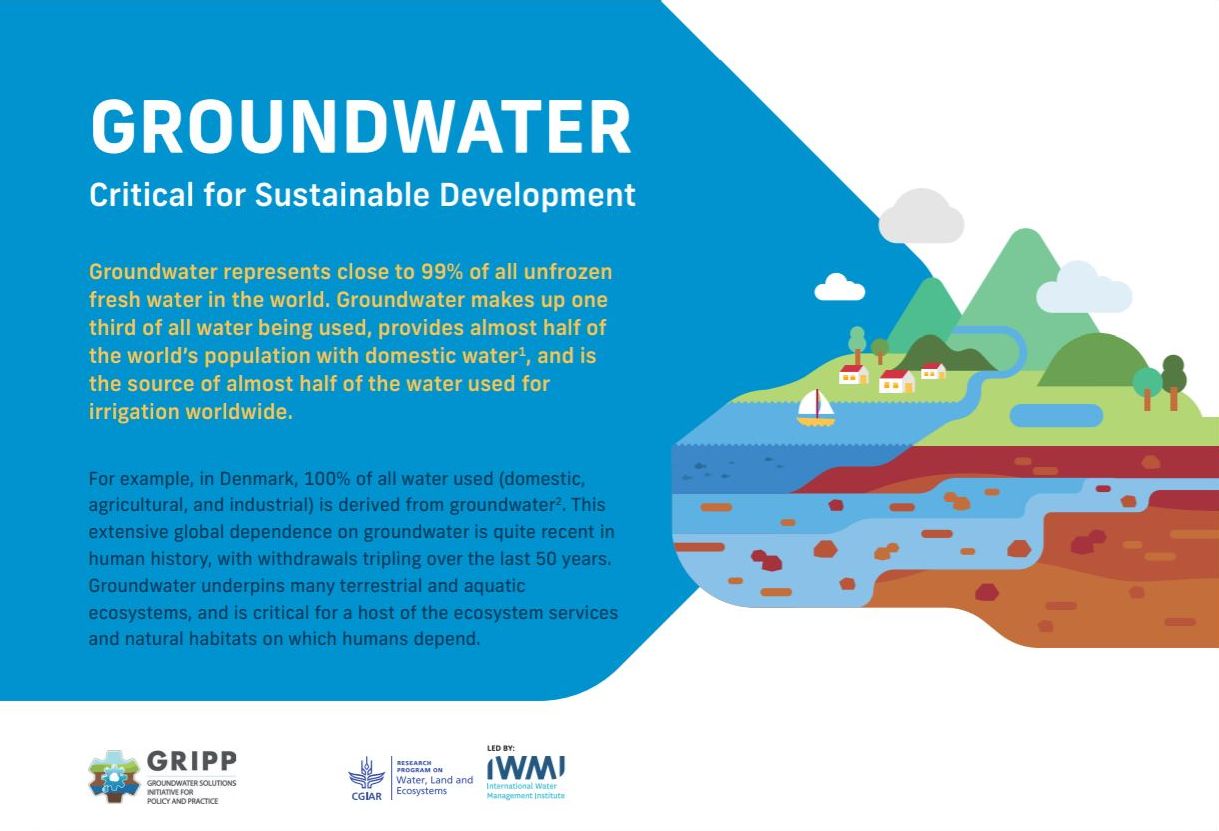
GRIPP Timeline of Groundwater Development






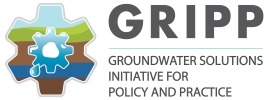
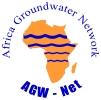




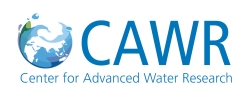










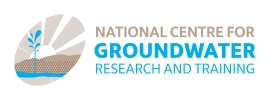
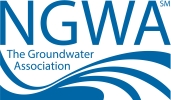









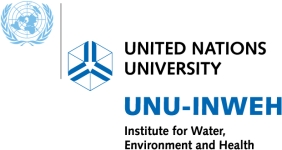

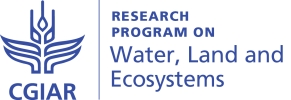
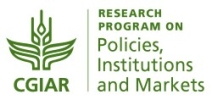





Pingback: GRIPP: 2019 in review - GRIPP
Pingback: GRIPP groundwater infographic in Burmese - GRIPP